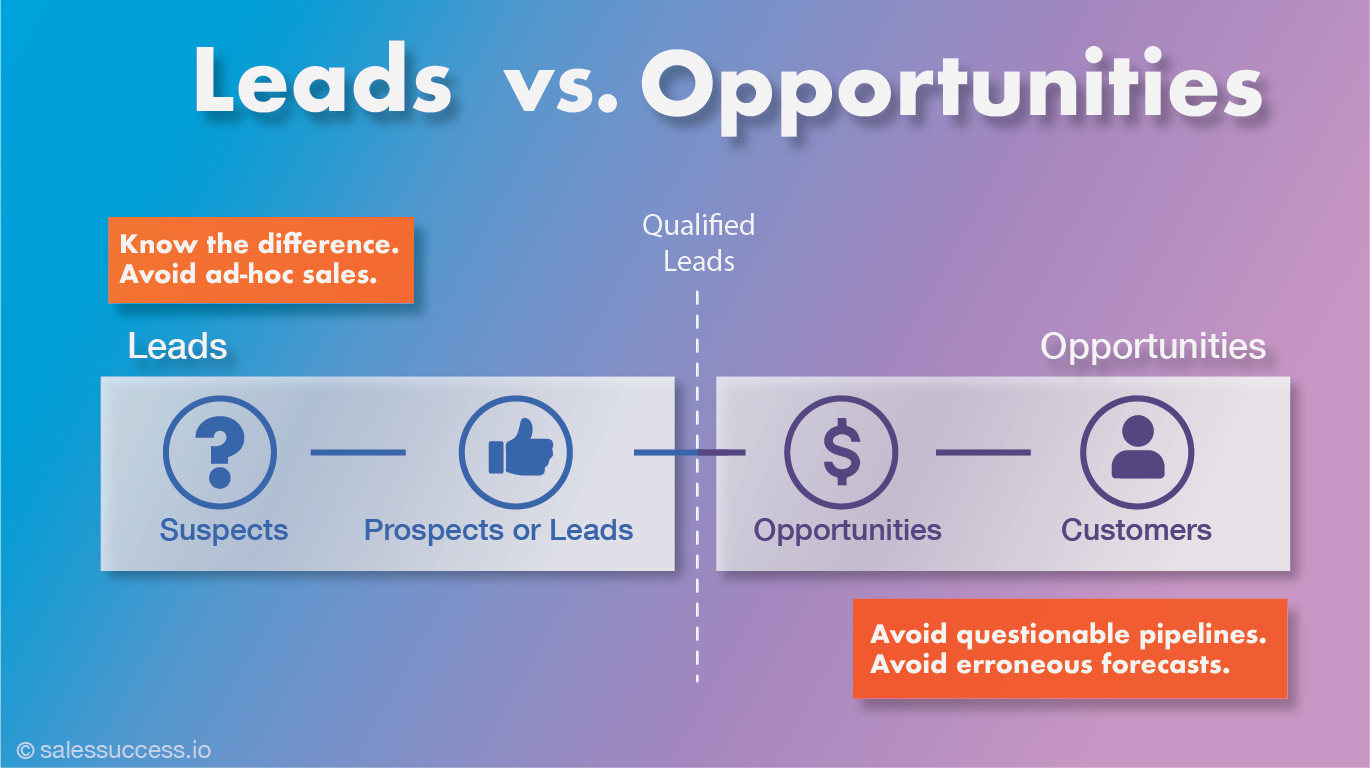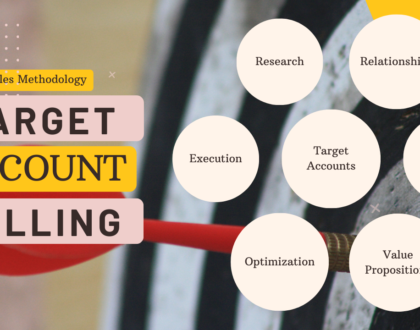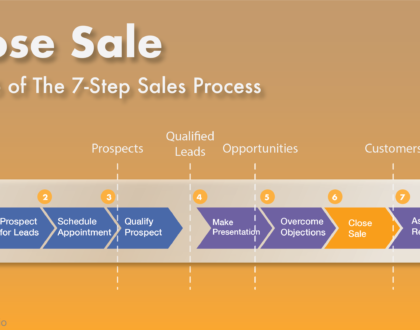Leads vs. Opportunities

![]()
Without clarity of leads vs. opportunities, your sales process will be ineffective. Your sales reps and business development reps will be wasting their time.
In the post Sales vs. Marketing, we described the overall marketing and sales conversion process.
Suspects → Prospects → Opportunities or Deals → Customers
In two other posts Suspects vs. Prospects and Prospects vs. Leads, we clarified what suspects and prospects are and how they are related to leads.
In this post, we describe leads and opportunities and the difference between them.
Once a lead is qualified, it is “converted” into an opportunity and enters the opportunity pipeline or funnel.
Leads are Suspects and Prospects
Leads are the suspects and prospects that sales teams pursue in the earlier part of the marketing and sales conversion process or the end-to-end sales process.
Suspects may not be interested in what you have to offer whereas prospects make their interest evident.
Lead Qualification
Through an analysis called BANT, sales teams “qualify” prospects or leads.
BANT stands for Budget, Authority, Need, and Timeline.
B. Has the prospect or lead set aside a sufficient budget for our offering?
A. Are we dealing with the decision-maker directly?
N. Do they have the need and can we fulfill it?
T. Will they buy within our timelines?
If and only if all the answers to these questions are a “yes,” then the lead or prospect is said to be qualified.
The qualification process is essentially a go/no-go decision for sales teams. They decide which leads to proceed further with and which to drop.
Lead Conversion into Opportunity
Once a lead is qualified, it is “converted” or “upgraded” into an opportunity and enters the opportunity pipeline or funnel.
Opportunities are what sales teams pursue towards deal closures in the latter part of the sales process.
More importantly, opportunities are where a company commits more resources, time, and money to the sales process.
Leads are People, Opportunities are Not
Here is an important distinction between the two concepts.
Leads, whether suspect or prospect, are persons that sales teams communicate with.
On the other hand, opportunities are not. They are specific sales deals being pursued with estimated dollar amounts.
Implementation in CRM
It is extremely important that the CRM software used by your company is able to distinguish between and track leads and opportunities.
Let’s review 3 leading CRMs here to understand this.
Salesforce and SugarCRM
In Salesforce and SugarCRM, for example, leads and opportunities are available as two distinct CRM “objects.” You have to manually classify something as a lead or an opportunity.
The lead-to-opportunity conversion in Salesforce and SugarCRM is through an explicit action (e.g. click of a button or selection from a menu).
As part of the conversion, an associated account and contact are also created.
Accounts and contacts are the other two CRM objects in Salesforce and SugarCRM.
Hubspot
In Hubspot, the implementation is different.
Leads are not a separate CRM object whereas deals are.
Leads and opportunities are tracked under the lifecycle stage property of two CRM objects: contacts and companies.
Conversion of a lead into an opportunity in Hubspot consists of changing the lifecycle stage as well as creating a new deal.
Impact on Sales Pipeline
How you distinguish between leads and opportunities determines the quality of your pipeline.
In Salesforce, the sales funnel only reports against the opportunity object and does not include leads.
If something is indeed an opportunity but you classify it incorrectly as lead, then you are missing out on that opportunity in the sales funnel.
On the other hand, if something is not an opportunity but you classify it as an opportunity, then you have a lead in your sales funnel.
In either case, your sales funnel is inferior in quality.
The Bottom-line
The overall marketing and sales conversion process consists of two parts or halves.
In the first, leads are converted into opportunities.
In the second, opportunities are converted into closures and customers.
Lead qualification demarcates the two parts.
Leads (Suspects → Prospects) → Opportunities or Deals → Customers
Check out more videos on Leads vs. Opportunities on our YouTube channel.



